The first UNESCO Geopark in Southeast Asia
In fact, Langkawi is the country’s only location with such complete records.
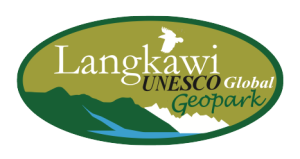
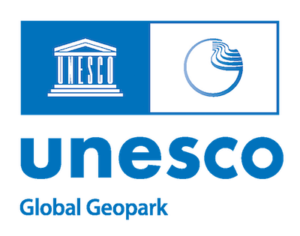
Langkawi Geopark Earth's Historic Heritage
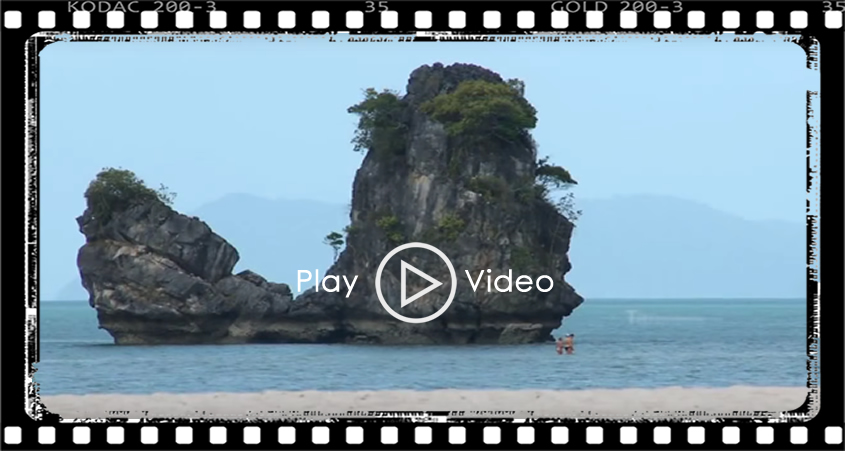
UNESCO Endorsed Geoforest Park
Langkawi’s Geopark is noteworthy in its array of impressive rock formations surrounded by ancient jungle, vast caves with stalactites and stalagmites, winding mangrove reveries, sea caves and tunnels, wildlife and waterfalls. Over 90 geo-sites have been found in the region but there are three distinct areas that form the Langkawi Geopark, each with its own unique geological significance.
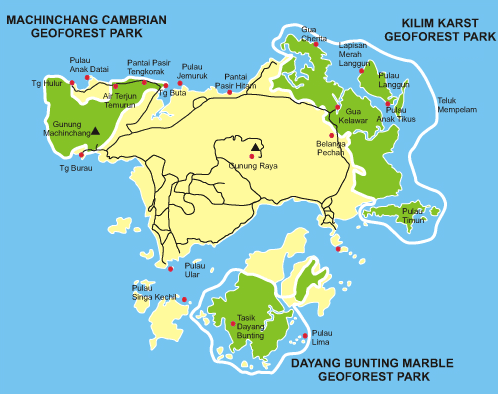
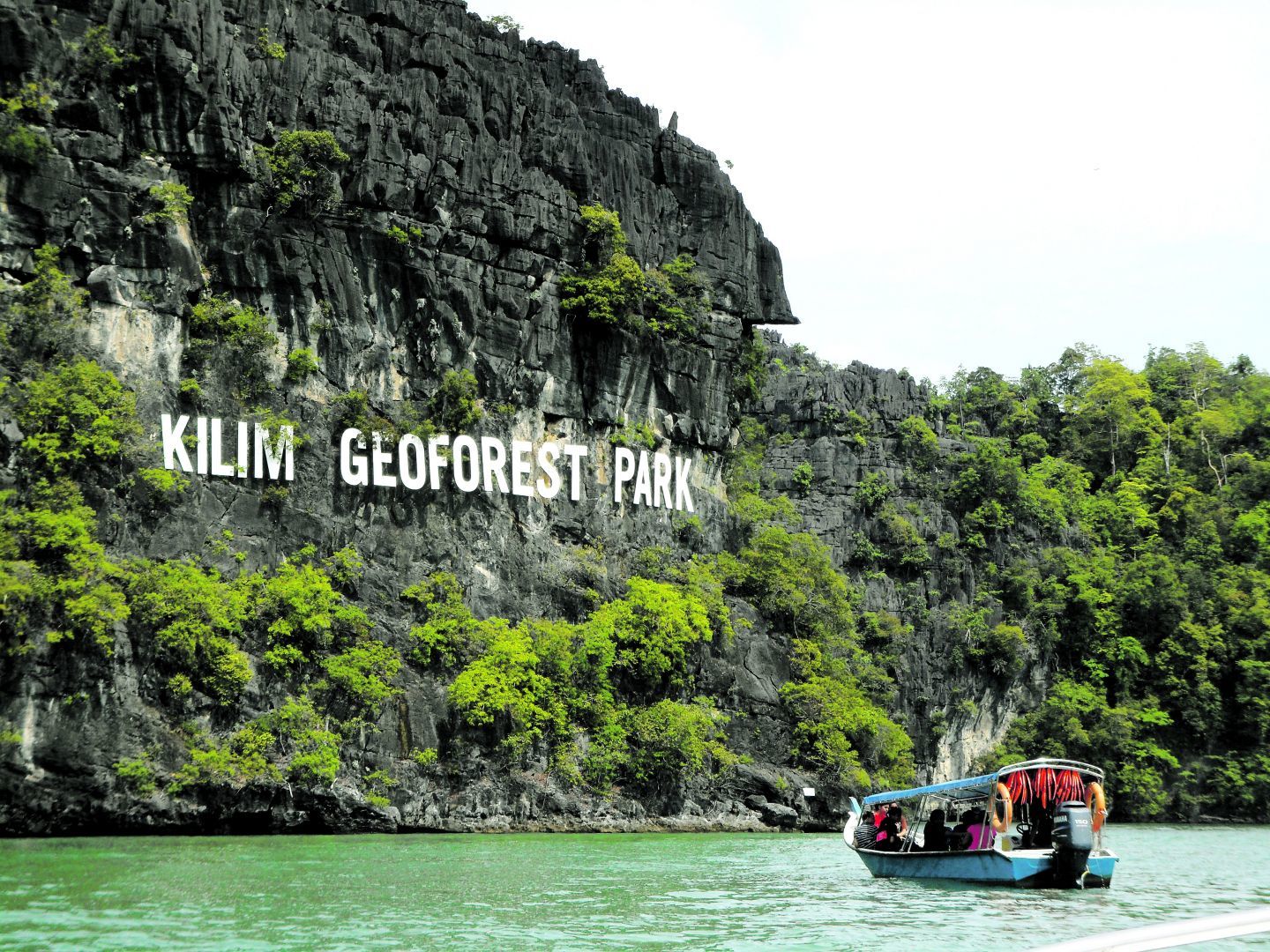
Kilim Karst Geoforest Park
Explore the Kilim Geoforest by boat in order to reach places inaccessible by land, or walk around and discover some of the unique geological features, including ancient fossil beds and stalactites. Here you can find plenty of marine life in the emerald green waters below as well as spot birds, including the islands famous eagles, up high.
Machinchang Cambrian Geoforest Park
The rock here is predominantly sedimentary sandstone and granite and forms a spectacular landscape that dominates the skyline. Machinchang is Malaysia’s oldest mountain range, and home to what is probably the most ancient rainforest on the planet. The oldest part of this Geopark is Teluk Datai. This is where the oldest grains of sand rest, its history displayed in the exposed surface of sandstone in the upper part and mudstone/shale in the lower part.
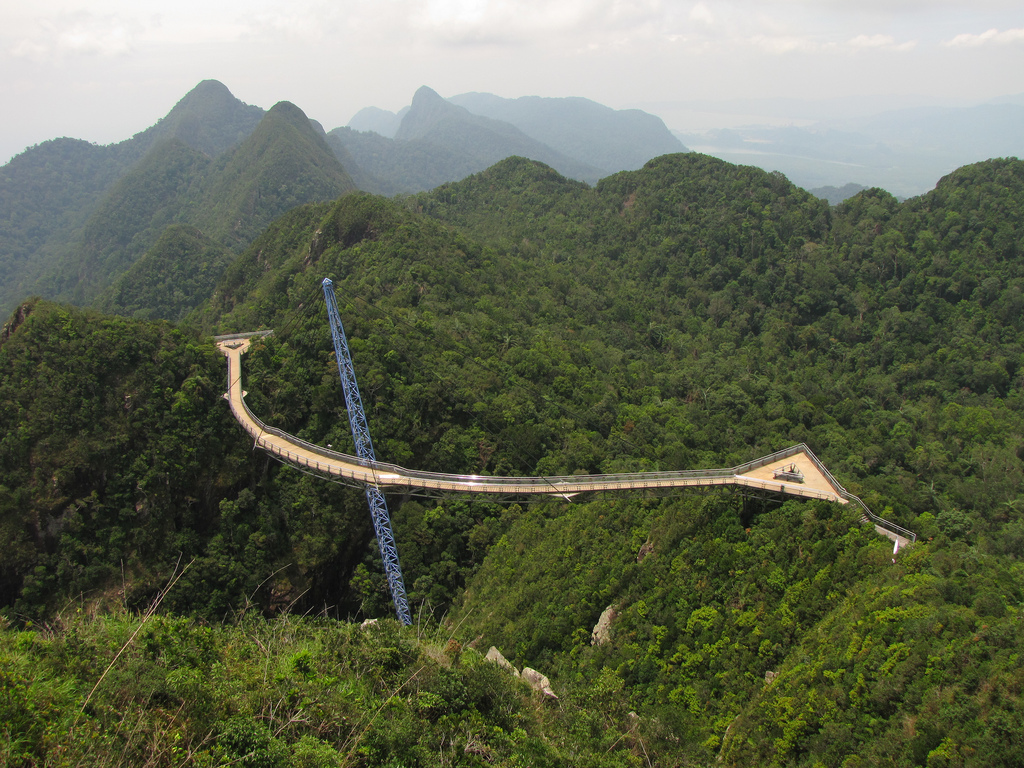
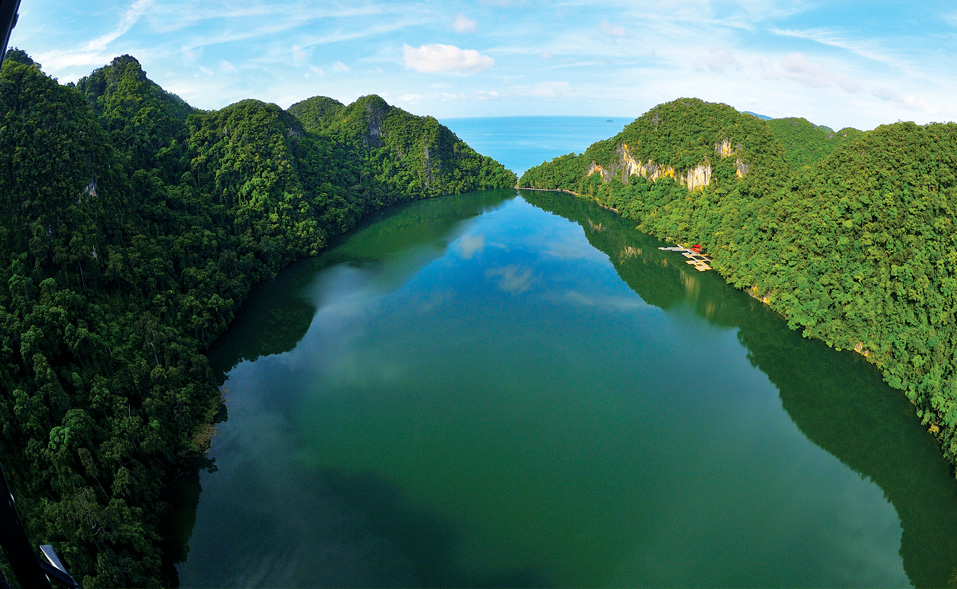
Dayang Bunting Marble Geoforest Park
Famous for the fresh water lake found nestled amongst hills of rugged forest, it is also known as Lake of the Pregnant Maiden. The lake originated as a massive limestone cave which collapsed. There you will also find the finest Permian marble formations in the world.
Kubang Badak BioGeoTrail
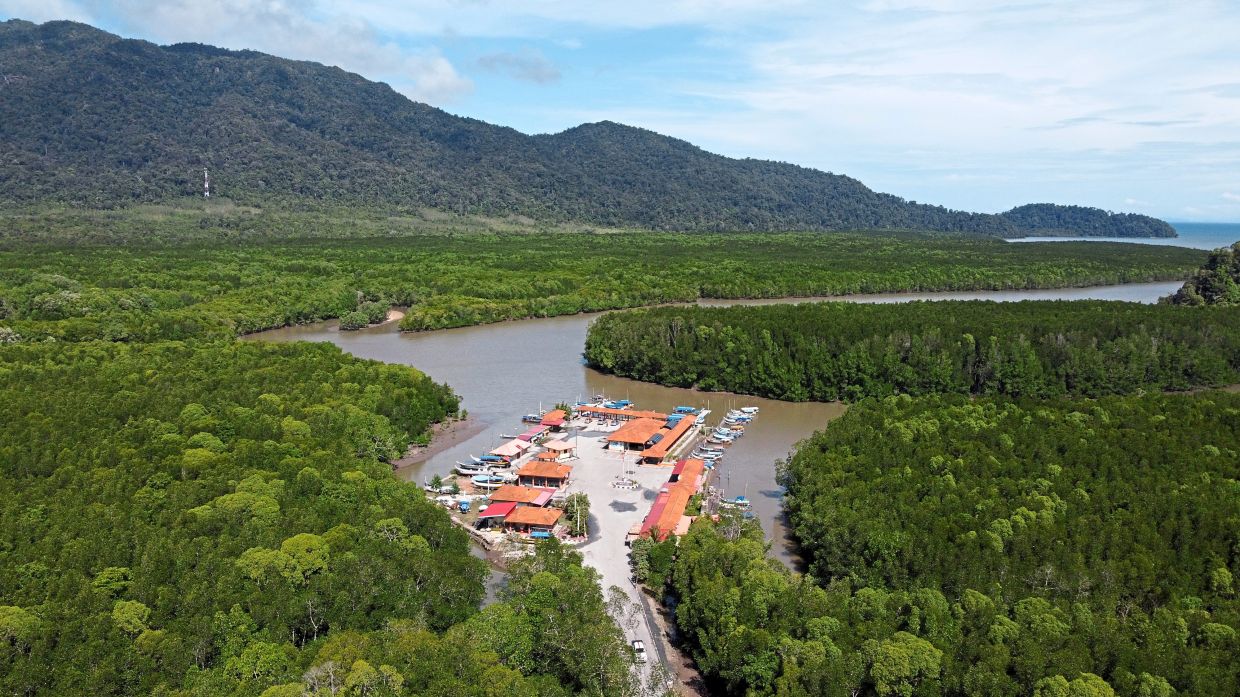
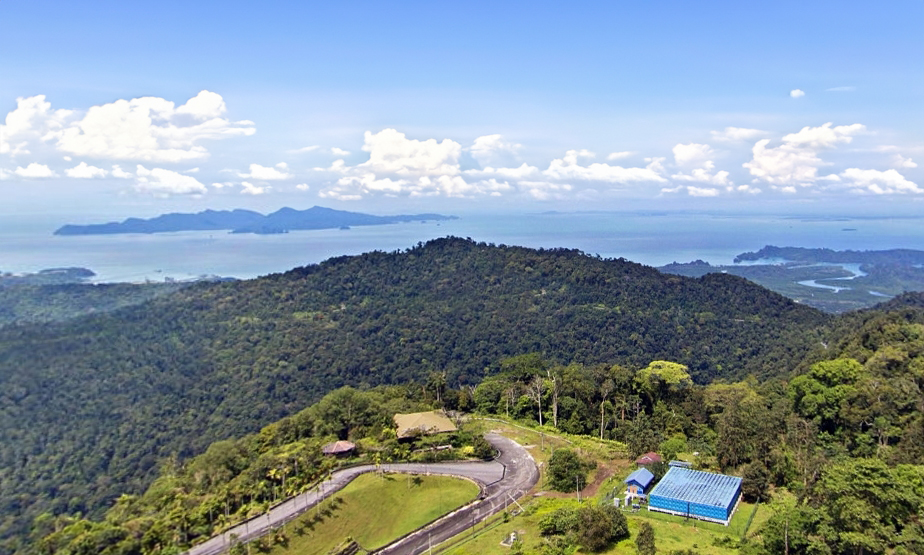
Gunung Raya Granite Geosite
This unique granite contains abundant dark minerals, notably tourmaline and minimal ilmenite. Weathering and erosion of the rock transport quartz and dark minerals via rivers, eventually creating black sand beaches like Pantai Pasir Hitam. Gunung Raya holds great geotourism potential and is currently under consideration as the fourth geoforest park in Langkawi.


